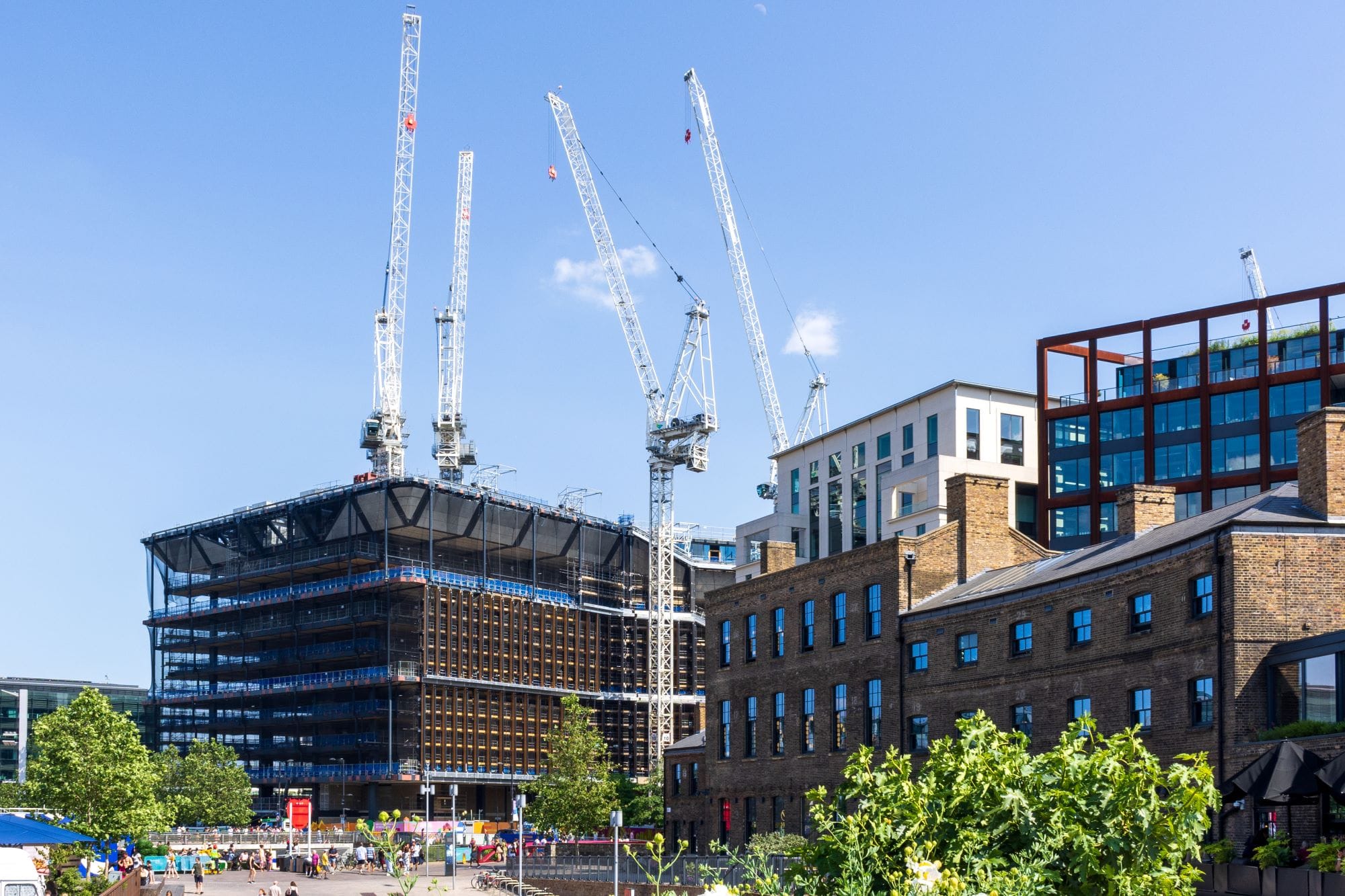What are the benefits of 4D BIM?
Tom Hawkins | February 14, 2025
BIM has been changing the face of the construction industry since MultiCAD opened its doors 20 years ago. The adoption and evolution of BIM continues to improve productivity in construction, an industry that is well behind manufacturing (and other fully industrialised sectors) in terms of efficiency and productivity. It does this by creating a single source of information, where all the layers of data can be kept up to date with each other.
This article will give a definition of 4D BIM, which integrates time and scheduling to the model. Find out more about the dimensions of BIM from 3D up to 10D.
4D BIM: Definition
Where 3D is the geometric information about the project, 4D BIM planning adds in the dimension of time. Simply, 4D BIM adds scheduling information to the digital plan and allows us to visualise it.
Traditional scheduling uses Gantt charts. These can run to tens or hundreds of pages long for a complex project. No contractor has time to review the whole chart, so they will only look at the parts that directly concern their activities. It requires a lot of effort to get an overview of the schedule for the whole project or to see how the different elements of the building will come together.
When 4D BIM scheduling is done well, we can see the progress of the construction project on the 3D model. 4D BIM enabled software allows us to show the building taking shape, either as a video of how the site will evolve over time or by jumping to a specific date to show what will be in place and what activity is in progress at that time. It can also show what equipment is on-site at that time and what the site traffic flow is like.
This visual representation is quicker to review and more impactful: people tend to remember images far more easily than text.
4D BIM: Benefits
Clearly, the construction sector has always included scheduling in its planning, this in itself isn’t a new idea. What is new is the way we include scheduling and use 4D BIM in planning and ongoing project management.
In the design phase, for example, we can model the advantages of sequencing the project differently. It becomes easier to optimise the construction schedule, by presenting the information in an easy to grasp way and quickly gaining input from all relevant stakeholders. The videos and screenshots created by 4D BIM planning also make it easier to communicate the plan to project teams and (where relevant) existing building users.
During the construction phase, 4D planning improves co-ordination between teams on-site. Where multiple teams like electrical or plumbing need access, but cannot be working at the same time, a detailed 4D plan allows everyone to see who will be where on site. Weekly/fortnightly progress reviews are easier to visualise, because the 4D BIM schedule (as-planned) can be compared to as-built with a few clicks.
Another use case for 4D BIM is in a renovation project, where plans for how and where existing tenants move out are needed. Visualising traffic on-site and optimising how each set of contractors works together in the space gives a clearer picture how to move tenants and for how long throughout the renovation project.
If you’re interested in the benefits of the other dimensions (or use cases) for BIM, read our article on 3D up to 10D BIM here.
How can your project benefit from 4D BIM planning?
BIM has the potential to create huge improvements in efficiency and productivity, when it is implemented well. MultiCAD, with its years of experience in the construction sector, has championed BIM since its inception and always stays ahead of the latest developments.
For BIM services that will support you to maximise productivity and profit for your project, talk to MultiCAD.

